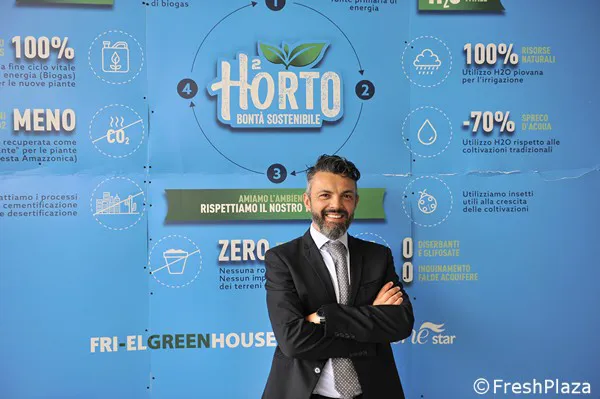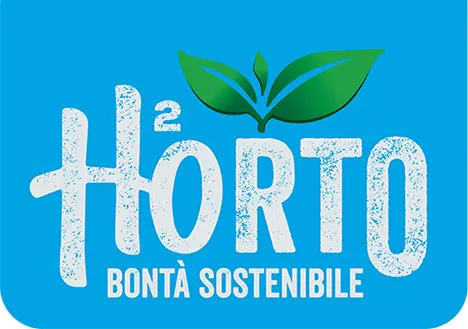The situation for tomatoes is so complicated that their production seems to be declining steadily. Rising energy and raw material costs, combined with the spread of ToBRV in several production areas, are leading to a sharp decline in tomato yields in Europe.
"Despite the current difficulties, the increase in the cost of all raw materials has to be taken into account first of all. After a thorough evaluation, FRI-EL Greenhouse has decided to continue its cultivation also during the winter cycle, with the intention of offering its staff continuity of employment and at the same time being a reliable partner for the supply of the crops," said the company's commercial director Alessio Orlandi. FRI-EL is the manufacturer of Op C.I.O Serenestar.
 Alessio Orlandi
Alessio Orlandi
But what are the economic problems that are emerging all over Europe? With regard to raw materials, the prices of gas and electricity are constantly rising, which is particularly detrimental in the winter, because lighting and heating are needed. At the same time, the costs of logistics and packaging are also rising. Finally, there are also the CO2 ETS taxes for technological greenhouses with cogeneration and gas use for heating.
“An expert pointed out that in Italy the presence of TOBRV in various areas has significantly reduced the transplanting of TOV's in the winter cycle. By cross-referencing data between seed companies and nurseries, we estimate a prudential reduction of 50% of the seedlings ordered (but some estimates exceed 75%). In Spain, tomato cultivation is increasingly shifting to smaller premium tomatoes, while estimating a decrease in the production area of more than 30%," continued Orlandi.
Energy costs
"In the Netherlands, the situation has gained further urgency due to the dramatic increase in energy costs for heating and lighting greenhouses, which has led several growers to decide not to cultivate during the winter cycle, to lay off employees, and to dispose of the seedlings already ordered."
"The combination of these factors will lead to a situation where demand is expected to abundantly exceed supply," concluded Orlandi.
For more information:
H2ORTO
Via delle Serre 1
44020 Ostellato (Ferrara) - Italia
+39 0533 57411
alessio.orlandi@f-gh.it
www.h2orto.it
